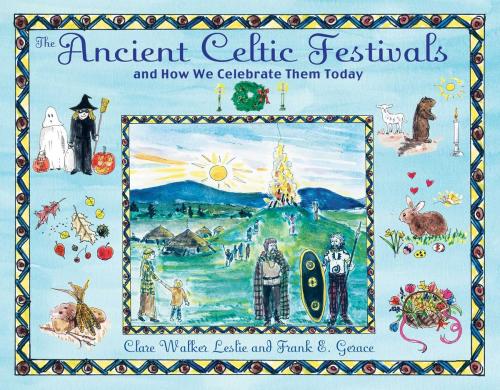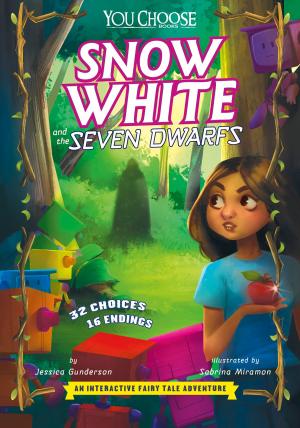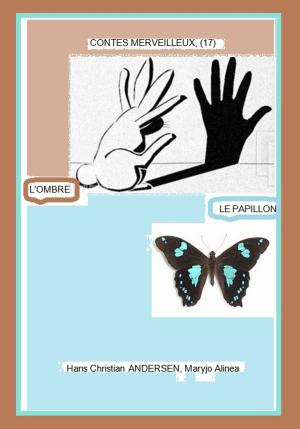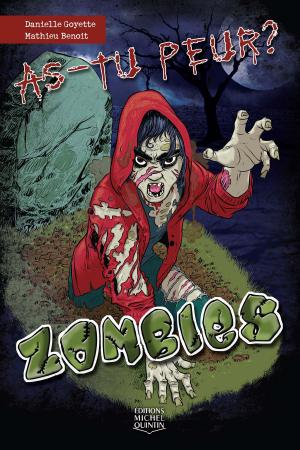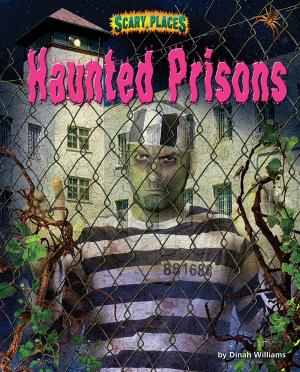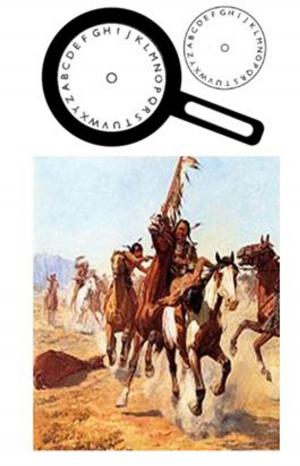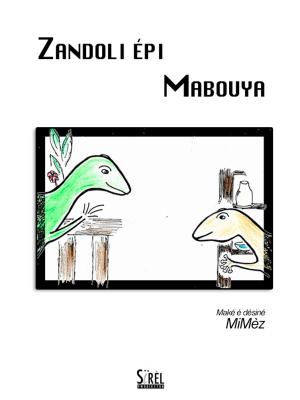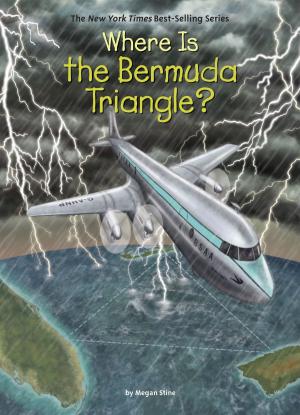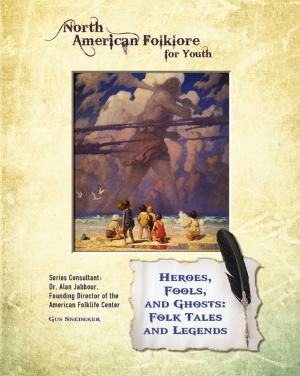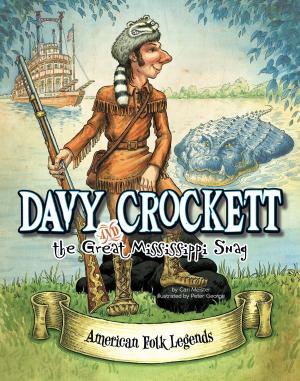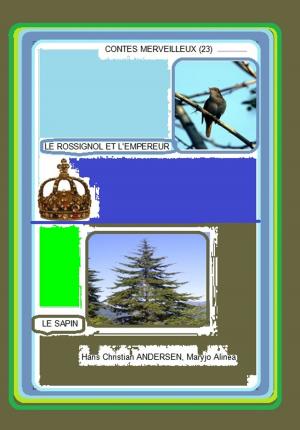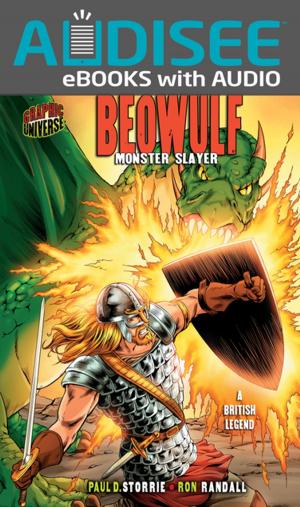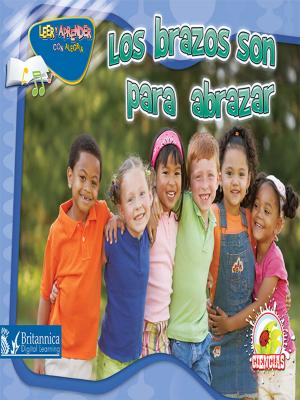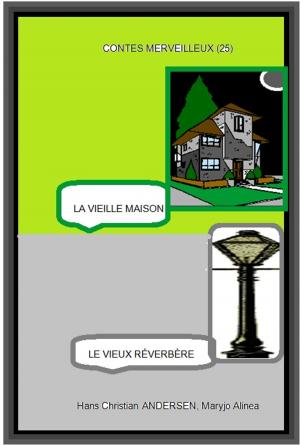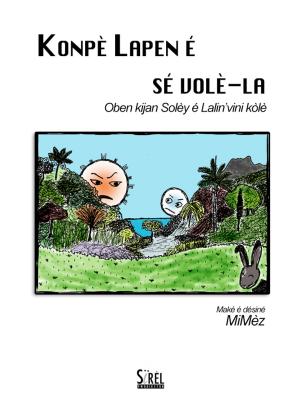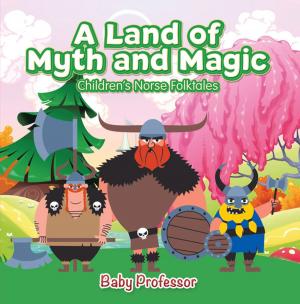The Ancient Celtic Festivals
and How We Celebrate Them Today
Kids, People and Places, Folklore and Mythology| Author: | Clare Walker Leslie, Frank E. Gerace | ISBN: | 9781594776045 |
| Publisher: | Inner Traditions/Bear & Company | Publication: | April 25, 2008 |
| Imprint: | Inner Traditions | Language: | English |
| Author: | Clare Walker Leslie, Frank E. Gerace |
| ISBN: | 9781594776045 |
| Publisher: | Inner Traditions/Bear & Company |
| Publication: | April 25, 2008 |
| Imprint: | Inner Traditions |
| Language: | English |
Travel 2,500 years back in time to find out where many of our modern holiday traditions originated.
• Charming full-color ink and watercolor illustrations throughout.
• This valuable resource for teachers and parents uses hands-on activities, natural science facts, and observations to explore the concepts of measuring time, making calendars, and marking seasonal celebrations.
• Shows how our popular holiday traditions are rooted in nature, beginning as the seasonal festivals of an ancient society.
Children love holiday celebrations but most don't know why they wear masks on Halloween or watch for the groundhog on February 2. Now they can discover that many of our modern traditions started with the festivals of the ancient Celts. The Celts were farming people, so their festivals marked the important events of the agricultural year. Imbolc, in very early spring, celebrated the birth of new lambs, while Samhain, in late fall, celebrated the end of the growing season and the beginning of winter. If we look at our modern calendar, we'll find Groundhog Day falling where Imbolc did, Halloween where the Celts celebrated Samhain, and a host of other holiday correspondences. That's because descendants of the Celts were among the first Europeans to settle in the New World, bringing their holiday traditions with them.
In a world of electric lights and store-bought foods, The Ancient Celtic Festivals can help children make the connections to nature that their ancestors did. Whimsically illustrated activity pages invite them to bake a harvest corn bread, stage a spring festival, or warm up the cold depths of winter with hot spiced cider. Teachers, librarians, parents, and children alike will welcome this book as a fun-filled resource.
Travel 2,500 years back in time to find out where many of our modern holiday traditions originated.
• Charming full-color ink and watercolor illustrations throughout.
• This valuable resource for teachers and parents uses hands-on activities, natural science facts, and observations to explore the concepts of measuring time, making calendars, and marking seasonal celebrations.
• Shows how our popular holiday traditions are rooted in nature, beginning as the seasonal festivals of an ancient society.
Children love holiday celebrations but most don't know why they wear masks on Halloween or watch for the groundhog on February 2. Now they can discover that many of our modern traditions started with the festivals of the ancient Celts. The Celts were farming people, so their festivals marked the important events of the agricultural year. Imbolc, in very early spring, celebrated the birth of new lambs, while Samhain, in late fall, celebrated the end of the growing season and the beginning of winter. If we look at our modern calendar, we'll find Groundhog Day falling where Imbolc did, Halloween where the Celts celebrated Samhain, and a host of other holiday correspondences. That's because descendants of the Celts were among the first Europeans to settle in the New World, bringing their holiday traditions with them.
In a world of electric lights and store-bought foods, The Ancient Celtic Festivals can help children make the connections to nature that their ancestors did. Whimsically illustrated activity pages invite them to bake a harvest corn bread, stage a spring festival, or warm up the cold depths of winter with hot spiced cider. Teachers, librarians, parents, and children alike will welcome this book as a fun-filled resource.
